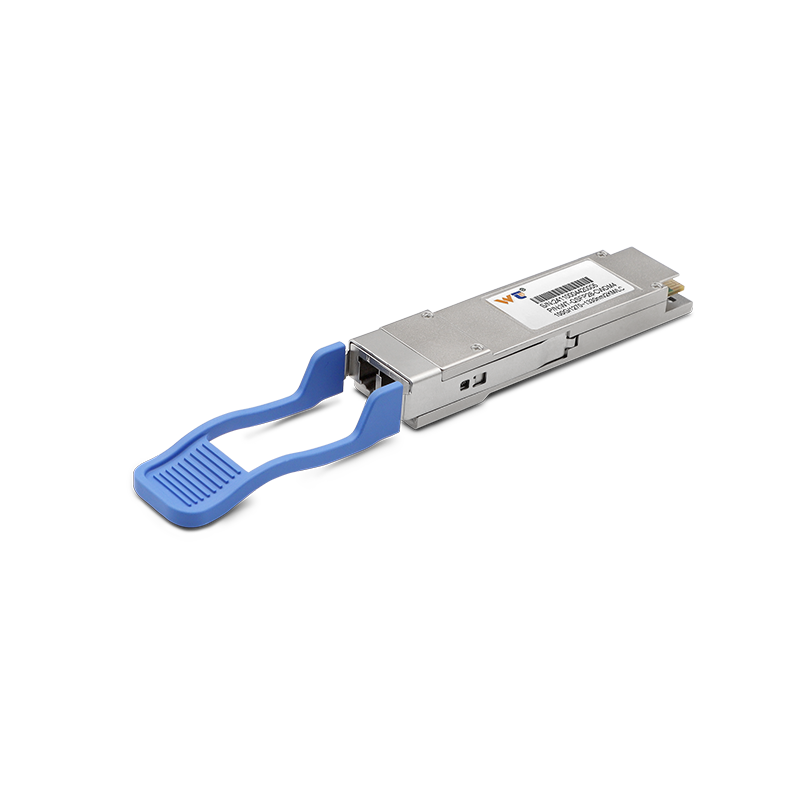The high-tech world of optical communication is set to revolutionize industries, particularly in rail transit. By 2025, the demand for energy-efficient and environmentally friendly solutions is expected to soar, driven by the need for faster, more reliable communications systems. The optical modules will play a pivotal role in this transformation, enabling the seamless exchange of data while significantly minimizing energy consumption.
Optical modules are essential components in modern communication systems, functioning as the interface between electrical and optical signals. The market trend for these modules is evolving rapidly, expanding to meet the growing requirements for speed and efficiency. With data rates extending from 155 Mbps to 1.6 Tbps, the industry is focusing on advanced optical modules, including 1G, 10G, 25G, and 100G, with cutting-edge technologies instrumental in optimizing their performance. The shift towards all-fiber communication networks and increased deployment of data centers further highlights the importance of these modules. In rail transit, where real-time data communication is critical, the deployment of optical modules not only enhances operational efficiency but also supports sustainable practices by reducing energy consumption.
| Optical Module Technology | Functionality |
|---|---|
| Gigabit Modules (1G, 10G) | Serve basic data communication needs |
| High-Speed Modules (25G, 40G, 100G) | Offer greater bandwidth for data-heavy applications |
| Ultra-High-Speed Modules (400G, 800G, 1.6T) | Enable high-capacity data transmission over long distances |
Our research on optical modules highlights their transformative applications in rail transit systems. The integration of 100G optical modules allows for high-energy efficiency, ensuring that data is transmitted swiftly without excessive power expenditure. This is particularly crucial for rail systems that require constant monitoring and real-time data analysis to facilitate smooth operations and enhance passenger safety. The deployment of these modules ensures that transit systems can communicate efficiently with centralized control centers, providing updates on train locations, track conditions, and even maintenance schedules. By using these advanced modules, rail operators can implement predictive maintenance strategies, significantly reducing downtime and enhancing service reliability.
Different types of optical module technologies serve distinct purposes in the communication landscape. 1G and 10G modules are primarily used for basic applications, while 25G, 40G, and 100G modules cater to bandwidth-intensive operations. The introduction of 400G and beyond modules is geared towards data centers and cloud computing, which demand very high data transfer rates. Each type of module plays a crucial role in the overall performance of optical networks, ensuring that they meet the specific demands of various environments, including the fast-paced nature of rail transport.
By 2025, we anticipate a substantial rise in the complexity and capability of optical networking in rail transit, characterized by the integration of advanced optical modules. Consider a scenario in which high-speed trains rely on a network of 100G optical modules to relay information to passengers, manage track-switching mechanisms, and communicate with maintenance crews. Such a scenario not only enhances efficiency but also elevates the standard of safety and service within the rail industry. Through real-time analytics and communication, trains can operate more efficiently, potentially reducing energy consumption further and creating a greener transit option.
Our website offers a range of optical module products that have undergone stringent quality testing. We ensure that our modules perform exceptionally across various application scenarios. Whether you're looking for high-speed data transmission or long-distance communication solutions, our optical modules are designed to meet and exceed your expectations. The attention to detail in quality assurance means our clients can rely on consistent performance, making their investment in optical technology a wise choice.
In conclusion, the rapid evolution of optical module technology heralds a new era for rail transit. With a focus on energy efficiency and high-speed communication, the implementation of 100G optical modules is set to transform the industry. This not only aligns with global sustainability goals but also paves the way for safer and more efficient transit systems. Embracing these advancements will not only enhance operational performance but also significantly contribute to a greener future for rail transportation.






